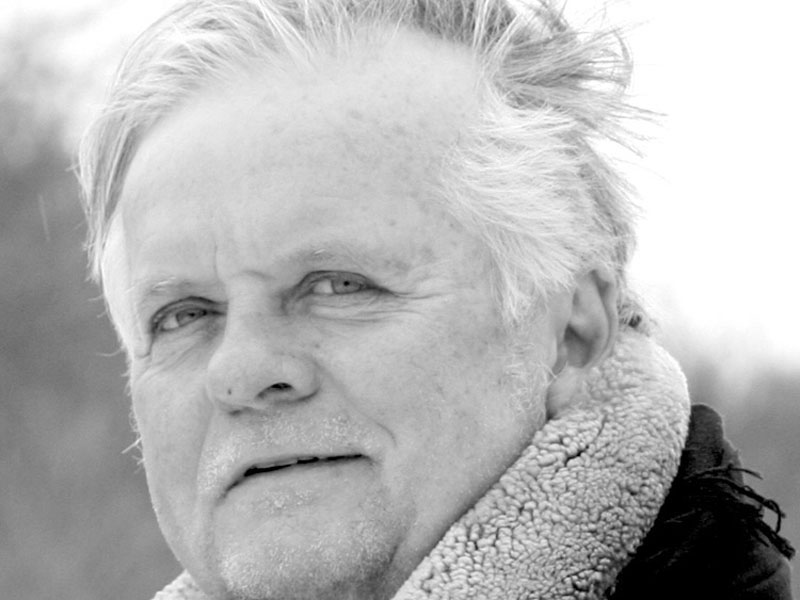walkingwiththunder.com
Travels and travails

By Conrad Beaubien
In our dialogue with animals —its okay, it’s normal to talk to trees and animals and don’t let other persons convince you otherwise—we have historically asked them to respond to our needs, to be of comfort, to feed us or to be of service. Sometimes the trade is this: you keep me company and I will dote on you—good dog! In most cases that exchange is considerably tilted to our benefit, to us as humans.
But something occurred to me the other day, Family Day I think it was…actually not; it was the day before, it was Valentines, the day of bows and arrows and love. A small group had gathered down by km 7 on the M trail, the former Consecon rail stop where buildings stand that speak of the Baldwin Mills enterprise that formerly served the region. We had gathered to simply be together, to know that despite recent forced separations and isolation we remain whole as a people in a place. I believe there is a part of the fibre of humankind that transcends all, where exists a higher dimension recognizable yet invisible within the auras of our being; for the most part out of reach of our limited senses. Words become meaningless, are cliché attempts to define that unbound and universal higher connection that in my view, religions attempt to corral. And so it seemed that on that day I was walking Thunder in the sky: an outer adventure and inner expedition joined in stride. The heavens and snow-covered ground formed something complete, a sphere of earth cloud formations warming all around in the light of February. You felt it and it was good.
The M trail followed past open fields framed by forest walls, freeing and yet there was a lasting thought I needed to process. In order for Thunder to bring comfort to us, it was necessary to transport him by trailer. Entering a box on wheels and then sensing movement when the animals have no chance of gathering their bearings is as foreign to any animal as anything. What I have come to know are the signs of Thunder’s stress when I first open the side door of the trailer upon arrival at our destination. You get it and you feel it as clearly as any human emotion. Climbing into the trailer I stroke him, rubbing his ears in effort to help comfort. It’ll take a little while for him to adjust as we lower the tail ramp and gently lead him out. Its then when I also acknowledge that back at the farm his pals Joe, another standard donkey and Micah the Nordic horse are also stressed. They feel Thunder’s absence. They are family as true as any human family.
It was another kilometre further on our trek when geese, seemingly by the hundreds flew over. Again I am reminded that they are not individual birds in flight but are families whose conversations continue over thousands of miles crossing territory that spans from the northern Tundra to the American Midwest to the south of us. They migrate together in safety and reassurance as each of the young remain in the unit for at least three years being taught the ancient travel ways and learning to decipher the land below, safe havens and food sources all in the cause of continuance.
Just as the evolution of donkeys has depended on learning from others, for example how showing signs of injury or distress becomes a signal of weakness and vulnerability to a prey animal that may choose to stalk them. Veterinarians are often challenged to recognize signs of distress in donkeys for that very trait of them disguising pain.
The donkey’s so-called stubbornness is not that at all, its about their acute attentiveness to their surrounds and environment and wanting time to process what lies ahead. Animal consciousness, their senses and abilities to interpret their setting are very much ignored by us. And it is for the sake of bonding and love, that not unlike us as humans, we share with them the need for connection. I am beginning to see everything as families; interconnected families that lean on each other for support and knowledge—the family of trees, the groupings of mosses by the sun drenched wayside: Families of creeks and birds and the families of landscape patches that hold together as one.

Comments (0)